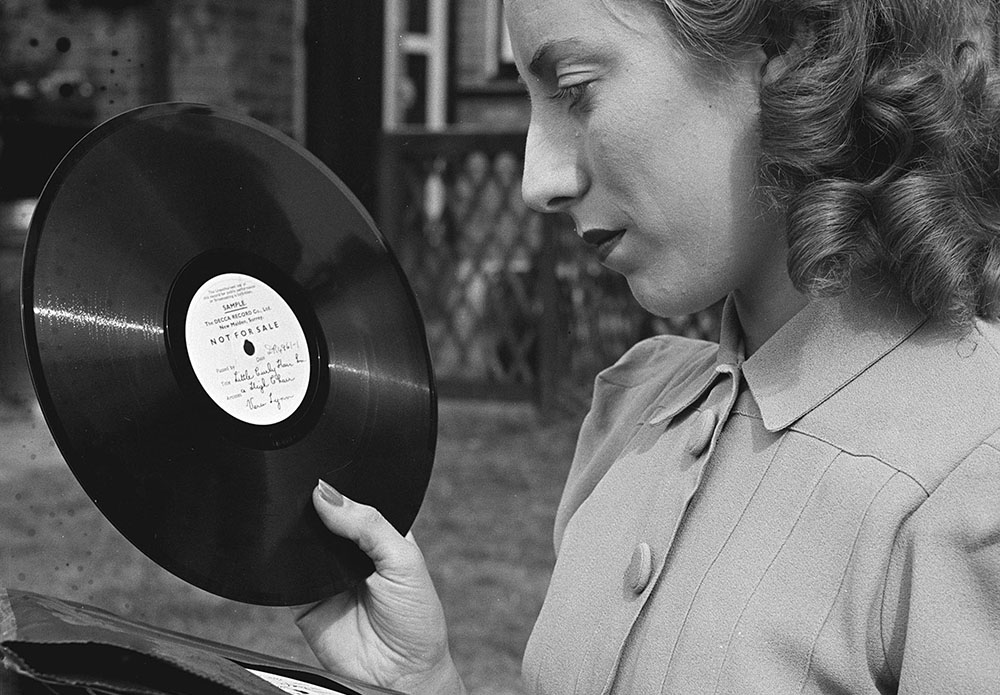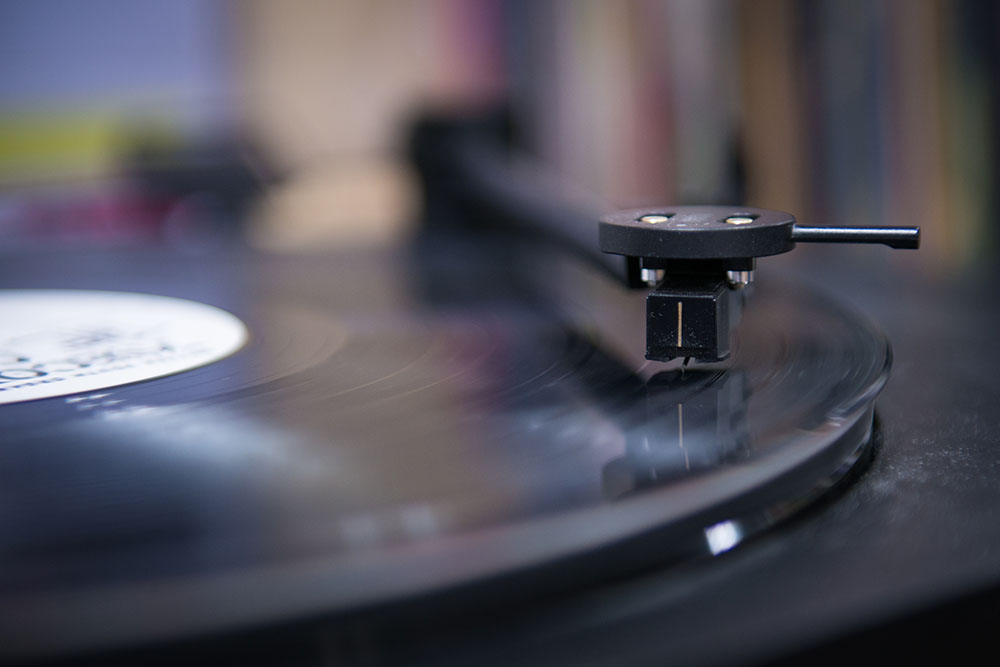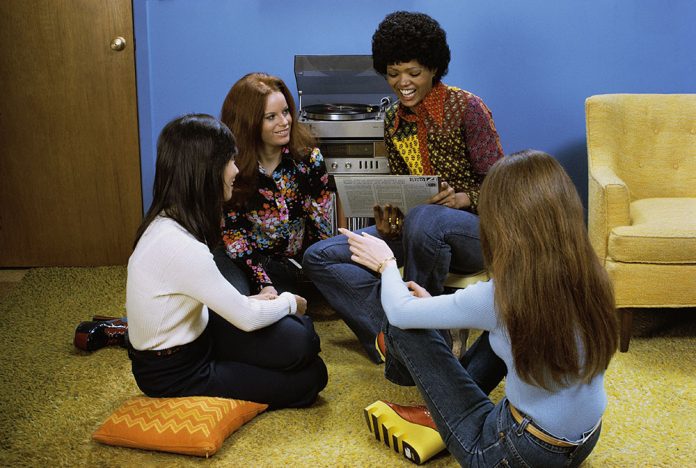[ad_1]
They require a bit more care than a Spotify stream, but they sure look better on your shelf. Journalist and DJ Andy Welch tells us how to get the best from your vinyl
The phrase ‘caring for your vinyl record collection’ comes with some terrible connotations. One mention of LP care and awful images of men – and it is usually men – of a certain age spring to mind; sitting at home, gazing longingly at the rare Frank Zappa record they’ve managed to track down, telling anyone who’ll listen about how it must never, under any circumstances, be played. For this kind of collector, records are to be stored away, not listened to.
But it doesn’t have to be this way. You don’t have to keep your records in a vault. They’re designed to be played. At the same time, showing them some respect doesn’t mean you’re turning into your weird uncle.
Here are some steps you can follow to prolong the life of your vinyl and keep it sounding great for years to come. Follow this guide and, you never know, they might still be worth something when you admit streaming is easier and flog them all on Discogs.
How to handle vinyl
Let’s start with the basics. Keep your mitts off records. Touch only the edges and centre label. Fingerprints don’t just look bad on the shiny surface, the grease and dirt on your digits damages the grooves, lowering sound quality, and there’s always the chance of your nails scratching the surface.

No, Vera, not like that!
How to clean it
Avoid dust has much as you can. Clean your turntable regularly with a microfibre cloth, and while playing records, keep the lid closed. But naturally some dust will get in there, and over time, your records will need cleaning.
Let records get too dirty and they will crackle, skip and maybe stop playing altogether, damaging your stylus in the process. There are many methods of doing so out there, from the eye-wateringly expensive vacuum machines to the wacky end of the DIY scale involving a plastic sheet and some PVA glue.
Looks like a lot of hassle, doesn’t it. Actually, you can’t go wrong with a special carbon fibre brush, like this one to give your records a quick once over, removing surface dust before and after playing. For records in need of a little more attention, try something like Knosti’s Disco Antistat, which enables you to wash your records. Don’t use the solution that comes with it, though. I’ve got one of these satisfying-to-use devices, and I make up a solution of one or two drops of washing up liquid and a cap of vinegar per litre of tepid water. Be sure to let your records dry completely before returning them to their sleeve.
How to store your record collection
Lying records horizontally may be the best way to listen to vinyl (there’s a reason why the vertical turntable never really took off), but it’s not the best way to store it – lying your records flat will cause them to warp over time. And keep them out of sunlight – so not in a bookcase directly in front of a window – and away from fluctuations in temperature and sources of moisture. Store your records vertically, in their sleeves. Invest in plastic covers if you want to keep your records looking sharp. You can keep the paper inner sleeves, but they don’t do much in the way of preventing static, and over time, they create dust. If you’re serious, you should replace them with plastic, antistatic ones, like these.
READ MORE: Innovative, imaginative ways to store your records
When to change your needle
Just as a priceless sports car will drive terribly sitting on worn-out tyres, vinyl will sound awful on even the best sound system if the stylus is no good. It’s the only point of contact between the record and the stereo, so it’s worth paying it a little attention. The idea is the needle sits in the record’s groove lightly, securely and squarely, so it picks up all of the record’s vibrations. The better the signal it transmits to your amplifier, the better the sound. It’s natural that the needle will wear down in time and they need replacing. If you notice a dip in sound quality – such as a drop in volume or cymbal crashes and snare drums no longer popping from the speakers – replace the needle. If the stylus isn’t staying in the groove, or skips while playing a record believe to be in good condition, that’s a sign a stylus needs replacing, too. If you’re unsure which to buy, check out a site such as Stylus Plus which stocks thousands.

A properly adjusted record player will make your vinyl sound great
Learn about your turntable
The very cheapest turntables won’t offer much to tinker with, but a decent turntable will allow you to play around with the components to ensure the lightest possible pressure on the groove. If your deck allows it, adjust the tracking and weight of the tonearm – a properly adjusted tonearm minimises wear on the record and stylus, reduces the chance skating (when the needle skims across the surface, lands in the centre and makes a noise like death), and improves playback.
READ MORE: Essential gifts for vinyl lovers
Flatten warped records
It’s inevitable, if you’re buying second hand vinyl, that you’ll pick up the odd warped record. Warping can happen if records are stored flat, or if they’re left in strong sunlight. Essentially, it’s the result of the plastic changing shape with the application of heat or pressure. You can counteract the effect by placing the warped record, in its inner sleeve, flat under a heavy pile of books for as long as you can bear. It won’t be perfect, but it might help.
Some closing dos and don’ts
Don’t leave your sleeves in the sun – they will fade
Do change tattered inner sleeves for fresh, new ones
Don’t let your housemates borrow your records. They might not have read this article!
Do play your records – and often. It’s what they’re meant for.
[ad_2]




